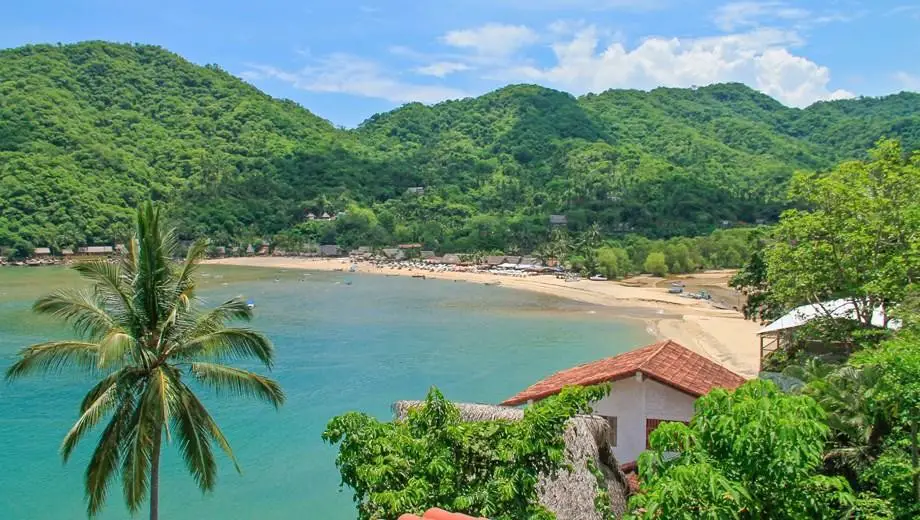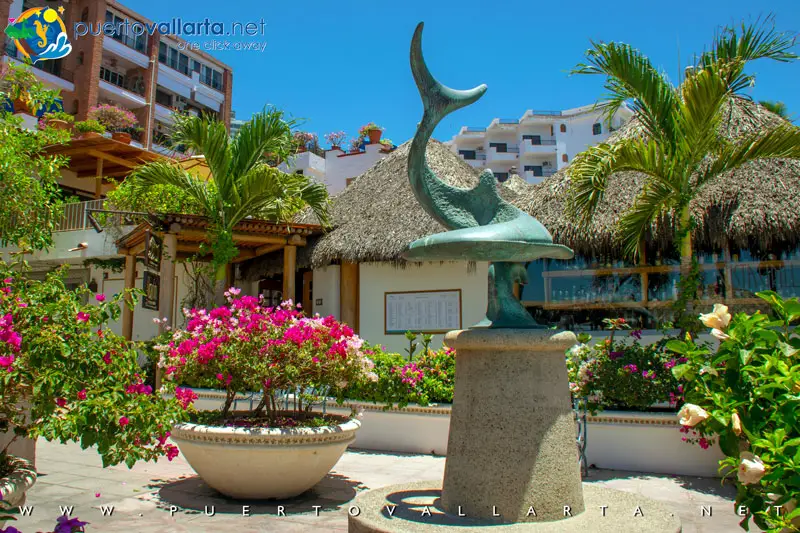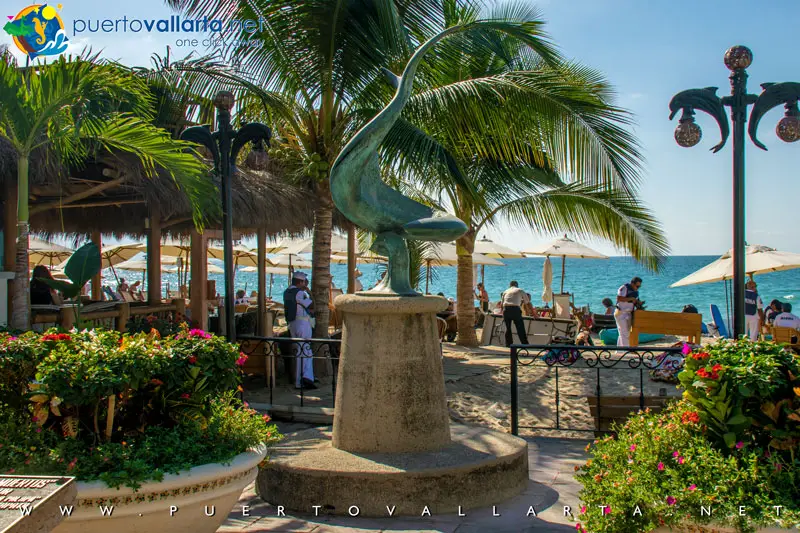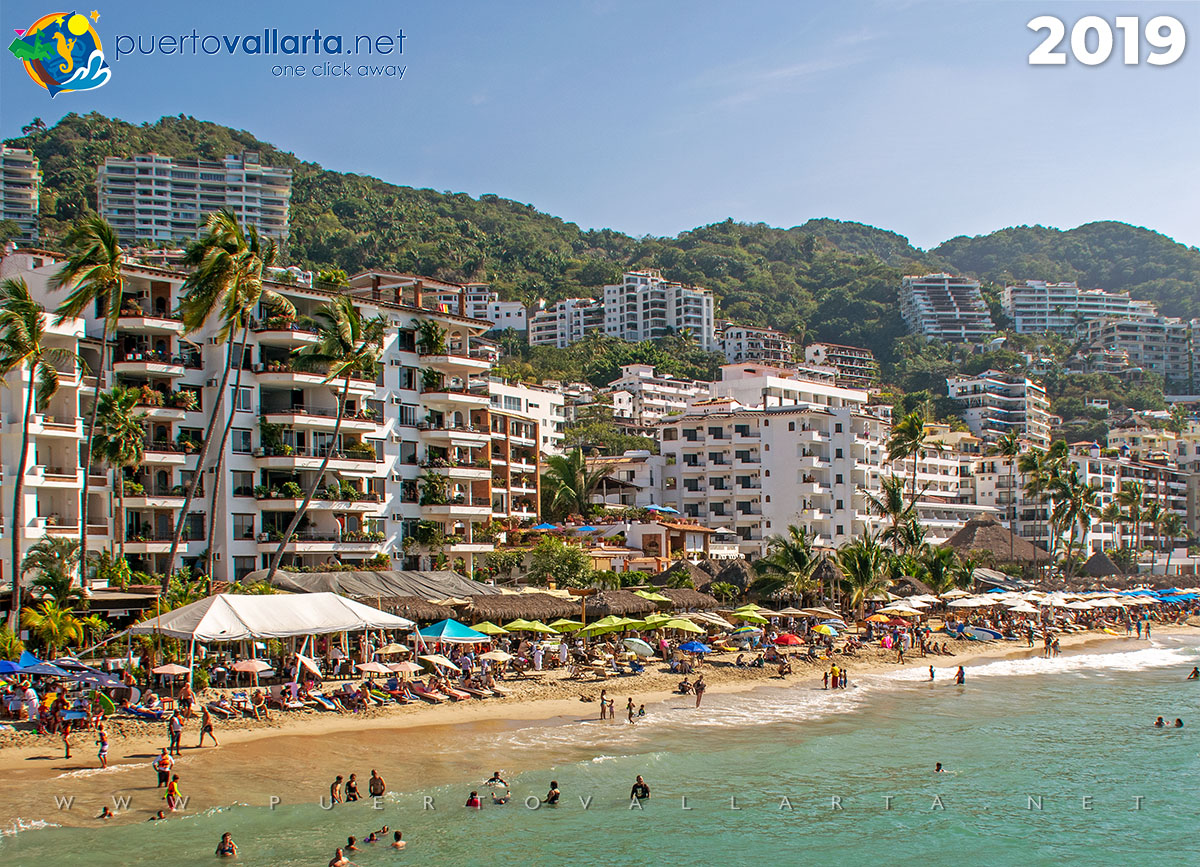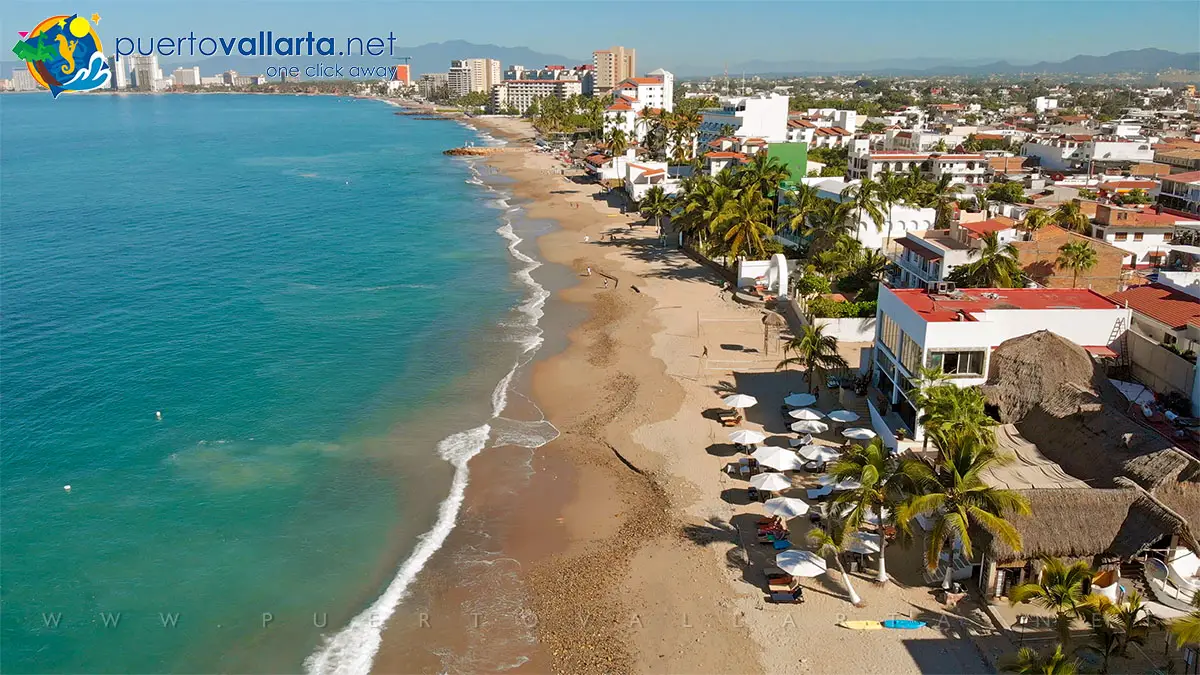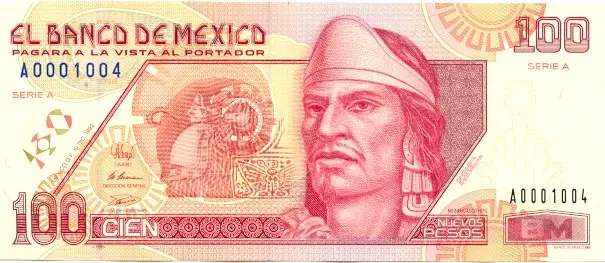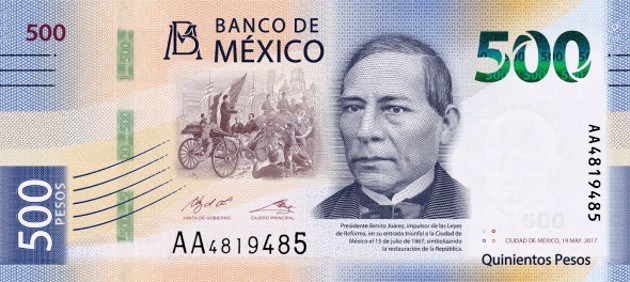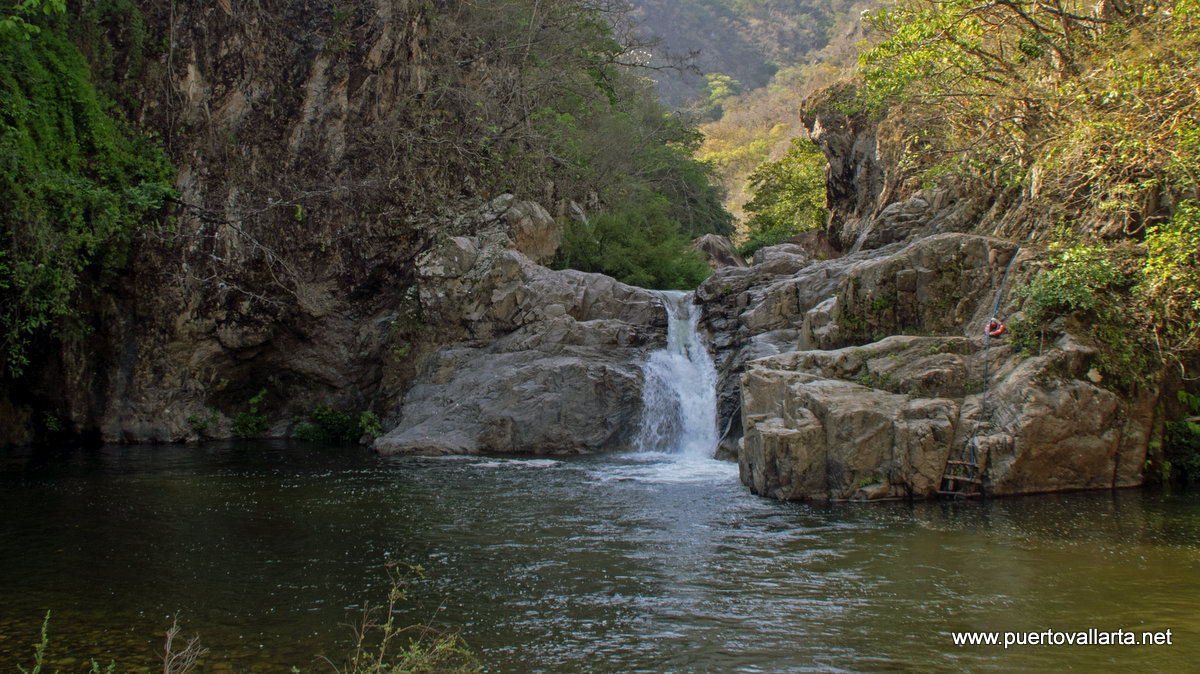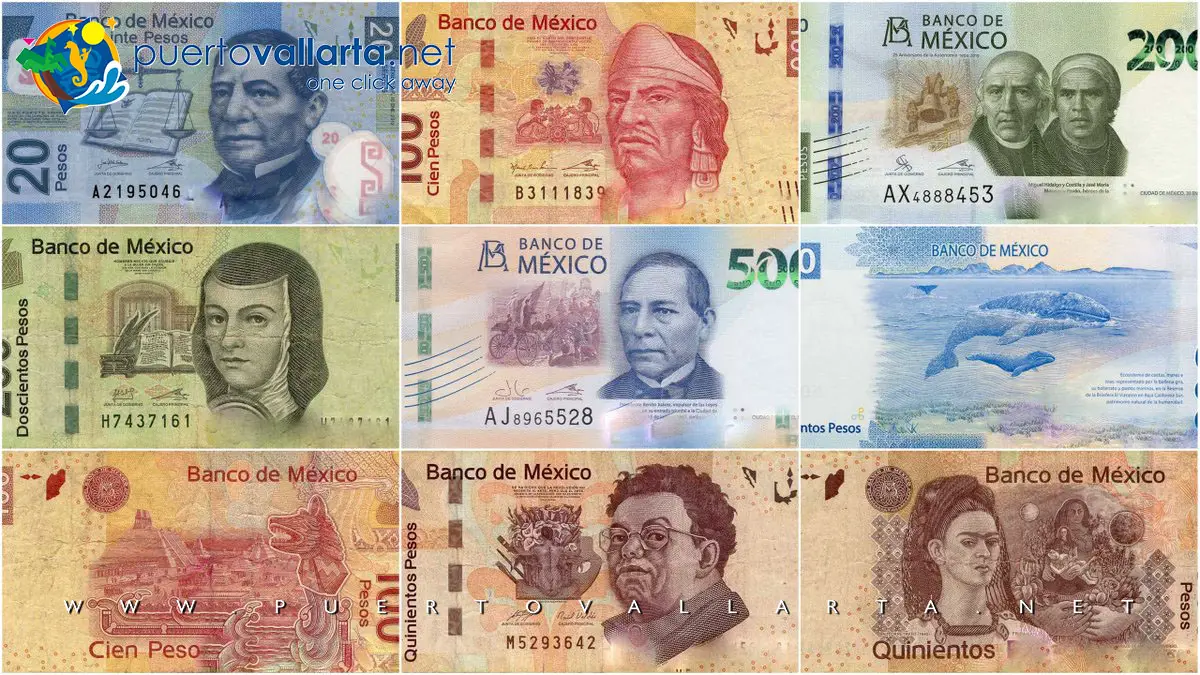How much is a water taxi to Yelapa?
Yelapa, Jalisco, México We recommend going to Boca de Tomatlán by land, a public bus charges some $0.60 dollars from Puerto Vallarta there, and from Boca, jump on a water taxi (panga) to Yelapa. It's $120 pesos one way from Boca de Tomatlán to Yelapa (2021 exchange rates = USD$ 6.00 dollars) You'll arrive at the eastern side pier in Yelapa (main Yelapa beach) or at the town pier if you want to go straight to the waterfall.



